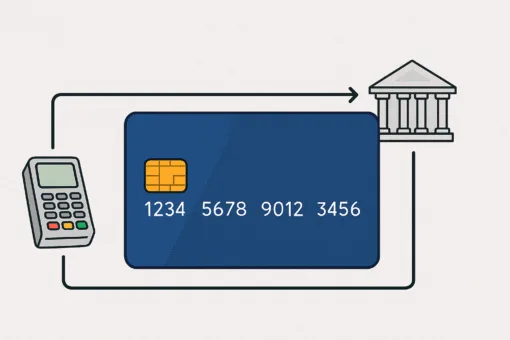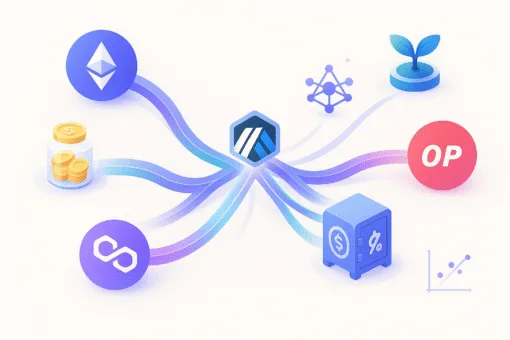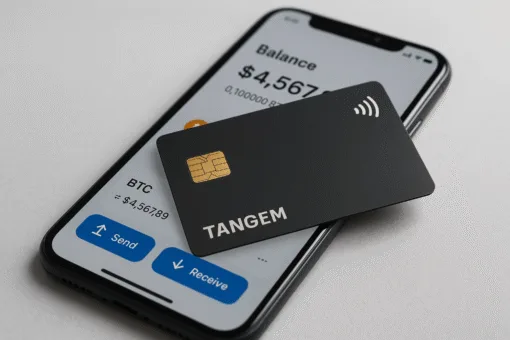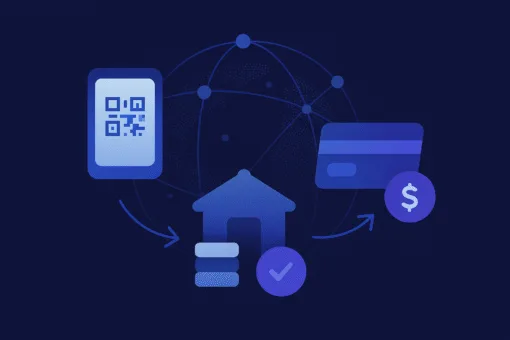Guest post by Vivek Shankar, who helps fintech and SaaS companies craft the right words to communicate product stories that resonate with their audiences. Say hello here.
Back in 2002, Volkswagen announced the launch of a luxury sedan that was faster, better looking, more economical, and powerful than its rivals. Not content with its product breaking all the rules, Volkswagen even priced it lower than its competitors.
If great features are all it takes to succeed, the Volkswagen Pheaton would be considered one of the best luxury sedans of all time. Instead, you’ve never heard of it and have likely not spotted that I’ve misspelled its name (Phaeton, not Pheaton).
So why did this car fail, and what can fintech firms learn from this story?
Trust and buying decisions
As technology continues to seep into everything we do, trust is becoming a major issue. Data privacy and cybersecurity are central topics in product design because consumers’ trust has been violated in the past.
Most fintech products, especially B2B ones, are highly technical. While a portion of the audience for these products is technical, the decision-makers tend to be non-technical bottom-line oriented executives. Get too technical, and you lose the executive because they won’t understand what you’re on about. Simply put, they won’t trust you.
The troublesome aspect for fintech firms is that mistrust like this snowballs. TrustRadius’ B2B Buying Disconnect Report for 2021 indicates that 92% of buyers share reviews of a product with at least 1 other person. 2 out of 5 people share reviews with at least 4 other buying committee members.
In short, if your content isn’t communicating the right tone and isn’t building trust, your great ideas and execution are for naught. It isn’t enough to have a great idea: You need to talk about it the right way, too.
So how can you do this?
Structure your content
There are many forms of content at your disposal, and all of them serve different needs. It sounds obvious to say that, but examine most fintech startups’ websites, and you’ll notice that every piece of content uses the same language.
For instance, website copy targets top-of-the-funnel prospects. These are the business executives who ultimately initiate product research and sign off on buy decisions. Using heavily technical copy on your website, as you would in a white paper, is counterproductive.
The central issue at play here is a lack of knowledge of audience segments and the type of content that appeals to them. A business executive needs a highlight reel of your product, with an emphasis on the bottom-line impact.
No matter how technical your product is, you need to highlight its business impact and speak the language that an executive speaks. Technically-minded audience segments typically dive deeper once they receive the go-ahead from executives, and directing them towards your jargon and abbreviation-heavy white papers and data sheets is appropriate.
My point is, understand the function that each piece of content collateral plays. Do not assume they do the same thing. Instead, structure a typical buyer’s journey on paper and design content for each stage, with deeper stages exposed to more technical content.
Use data to inform content strategy
I understand that all this talk of buyer journeys can start to sound like marketing nonsense. Here’s a simple way to think about it: Your website is a store filled with goodies. What do your customers reach for first? What do they do after that?
Google Analytics and equivalent software are full of data you can use to answer these questions. More importantly, these software products allow you to slice and dice visitor data. If you publish a new piece of content, where are your visitors coming from? Are they the right demographic? Are they clicking on the things you expect them to click?
Evaluating metrics is just the start. One possible issue that can crop up is that you might be tracking a bunch of vanity metrics. For instance, page visits without context is a vanity metric. Page visits backed by demographic data is useful. Clicks on a CTA is a vanity metric. CTA clicks backed by SQL or MQL conversion rates is useful.
Conducting surveys and asking your prospects the right questions helps you figure out what they value. You can use this data to tailor your pricing strategy by mapping buyer personas to price tiers.
Gate smartly
Gating content behind forms is a great way to gather metrics. However, make sure you’re gating the right stuff. Not every white paper has to be gated, while some blog posts deserve a gate despite being freely available. Sounds confusing?
Companies that get their content right are adopting a pillar and satellite model when deploying content. HubSpot was one of the first entities to talk about this, and it has proved to be one of the most effective ways of increasing your SEO and creating a content strategy. The way it works is simple.
Figure out which topic is central (a pillar) to your product and go all out on it. Make sure it’s 10X better than whatever’s out there, and don’t worry about giving things away for free. Throw in as much information as you can. Gate this piece of content (which might eclipse 10,000 words) behind a downloadable PDF and make it available as a blog post.
This form immediately lets you know who your core audience is. After all, no one else is going to read 10,000 words about a topic in your industry, are they? The next step is to create satellite content that links to the pillar. This way, search engines know which piece of content is the most important. It makes it easy for them to crawl your website.
The pillar and satellite model helps you establish authority as well. After all, your 10X content is going to become reference material at some point. Organizing your content into pillar topics also helps you clarify which pain points you’re addressing.
Talk about hitting multiple birds with one stone.
Be helpful, not wordy
It’s tempting to describe how awesome your product is by using heavy jargon, but save it for appropriate collateral. Translate technical content to business-friendly language and vice-versa, and you’ll hit the spot. These 3 tips will help you get started. In the new landscape that fintech firms face, nailing your content marketing is more essential than ever.
Most importantly, you won’t end up creating a what-might-have-been product like the Phaeton.















